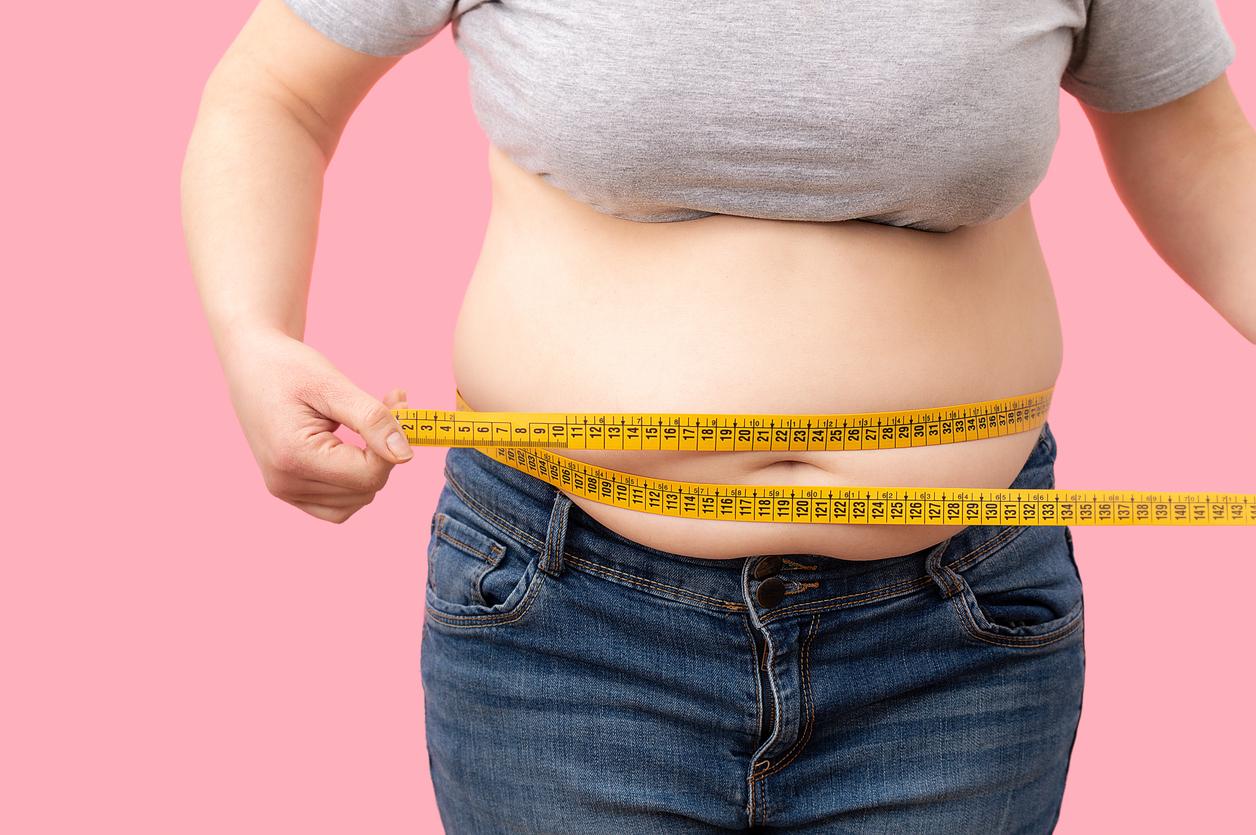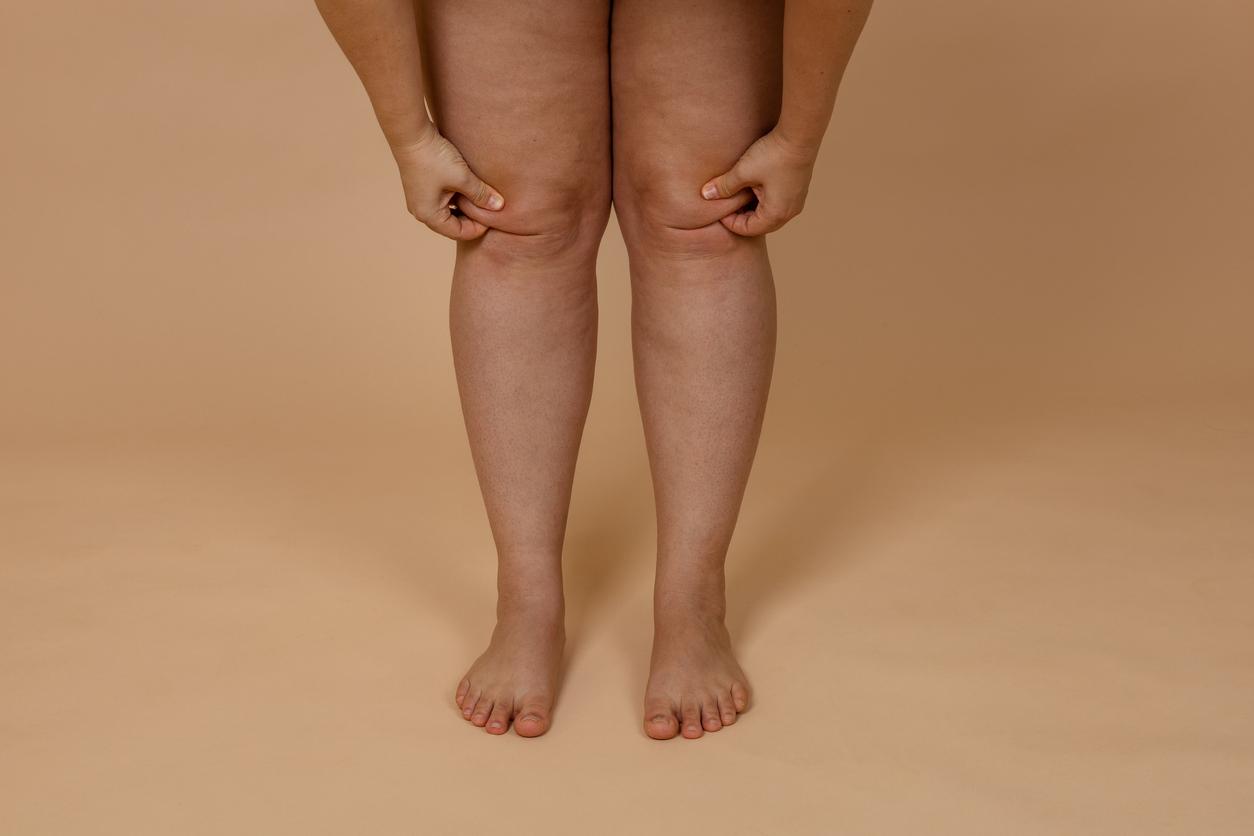Here is the chapter “What is fat” from my book “The Cohen method”. My diet strategy is that there is no such thing as a diet! In fact, there is a galaxy of diets to be adapted to eliminate the fatty tissue that accumulates and results in situations of overweight or obesity.
The philosophy that I have always defended is to keep the pleasure and adapt the diet according to the different stages of your weight loss. Here is a full chapter from my latest book that I hope you will love.
The Cohen Method (First Editions) is a diet technique that combines the objective of weightloss, learning good eating habits and education about the physical needs of our body (energy intake, calories, etc.).
There is no diet, nor is there a miracle diet, there is a galaxy of diets which must be readjusted as the weight loss progresses.
What is adipose tissue?
Contrary to popular belief, fat from adipose tissue can be almost compared to an organ, just like a lung, a heart, a liver … This soft area that we can grab between our two fingers is actually a living tissue.
It secretes hormones, undergoes changes throughout life, varies from one individual to another. The level of fat depends among other things on the age or the level of sporting activity.
These rates are globally higher for women adults (from 14% for the most athletic to 31%, before the obesity threshold) only for men adults (6 to 24%).
Fat tissue has real use. It is an energy reserve that is strongly used in times of famine to deliver calories necessary for survival. It is also one of the main drivers of healing.
All about adipocytes
The cells that make up fatty tissue are called adipocytes. They are six to ten times the size of the body’s usual cells and contain lipids inside.
Once the meal is finished, the sugar and the lipids of food origin circulate in the blood to join the adipocytes which transform them into adipose tissue.
Thus, in case of food imbalance, when we eat more than we spend, the size of the fat cells (adipocytes) increase, the weight also and therefore we gain weight.
When dieting, or even exercising, to compensate for the expenditure of energy, adipocytes release their stock to be used by other cells as fuel. The volume of adipocytes has decreased, and so has the weight: we lose weight.
Adipocytes, fat has memory
For a long time, it was believed that our fat cell stock was defined during our childhood and adolescence. It was thought that adipocytes were cells that grew and lost weight without changing their number.
This assumption was wrong because the appearance of new adipocyte cells can occur throughout life. This is, for example, a frequent phenomenon at the time of pregnancy, but also on many other hormonal dates, such as the menopause, the catches of medications, but also repeated slimming cures.
However, once they appear, even in the event of weight loss, they will not disappear. This increase in the stock of cells willing to store fat makes it more difficult to lose weight., hence the interest of do not multiply the number of regimes.
In fact, these new little cells already exist in our body, without being defined as fat cells.
Changes in fatty tissue prepare the body for weight gain
When the circulating fats are too numerous for circulating adipocytes, they then transform to serve as additional storage space.
The share of genetic, that I explain very well in the video, is the number of fat cells present in the body from birth to late adolescence.
But we can clearly see that the events of life, because of the existence of these small cells which can differentiate into fat cells, allow everyone to increase their storage capital.
This explains why, even thin in adolescence, we can developing overweight or obesity that is difficult to control. But it also explains why we are more at risk of developing obesity or overweight when we have less favorable genetics.
The differences between men and women
There is a glaring difference between men and women when it comes to body composition. A woman, physiologically, is naturally twice as fat as a man. It’s unfair you will tell me!
The arrangement of fat is mainly located in the lower part of the body: the lower abdomen, buttocks, hips and thighs, which is in fact a sexual differentiation.
At a man, theadipose tissue is concentrated especially on the upper part of the body from theabdomen up to the back of the neck.
The role of genetics
Generally, I specify that this is an average, the appearance of overweight or obesity manifests itself in exactly the same way. The man will gain weight from the upper body and the woman from the lower body.
This is why lower body obesity is said to be gynoid, while upper body obesity is said to be android. This definition was useful in assessing the state of health. Sure, the bigger we are, the greater the health risks.
But the location of adipose tissue remains the main tool to define the dangerousness of overweight or obesity.
Thus a man who would have a provision of adipose tissue comparable to that of a woman is less “at risk” and conversely a woman who has a dedicated increase in the upper body would be more at risk.
Indeed, the adipose tissue located at the level of the upper body and in theabdomen is located in contact with the noblest organs, such as the liver, pancreas, stomach. The risks thereby are most important.
Slimming to limit the negative consequences of excess fat
This fat present in contact with the organs is interesting because it is released more quickly than other fats, but conversely when it is released into the bloodstream, it disrupts the functioning of the liver and the action of insulin.
Having a little is very useful, having too much becomes dangerous. This is also why it is more difficult to lose the adipose tissue located in the limbs or buttocks, because it is released only later.
This is the whole difficulty of people who have saddlebags or a very important peripheral fat, for whom only one long time of diet will be effective in eliminating these areas of fat who are the ones who torture the most, especially women.
Adipose tissue: the role of sex hormones
But why can the harmonious arrangement of fat in a young girl before puberty suddenly change at the time of this one?
The answer lies in the intervention of sex hormones. The female sex hormones will act mainly in the thighs and hips, will cause the multiplication of these small cells which will later form adipocytes, the fat cells.
Once formed, the disposition of fat will not change until menopause. At this time, the decrease in the secretion of hormones will erase the specific character of the disposition of fat.
Thus, there will be a decrease in fatty areas on the thighs and buttocks in favor of a greater distribution in the abdomen: this small cushion under the navel that haunts women during menopause.
Oddly enough, the stronger a woman, the more she retains the gynoidal disposition of her fat.
Indeed, the fatty tissue has the particularity of being able to transform other hormones into female hormones which thus take over from the ovaries which no longer secrete. So the more fat there is, the more female hormones there will be.
Conversely in humans, androgens prevent the formation of adipocytes. It is therefore the ratio between male and female sex hormones that will influence the location of fat.
This is a fairly rapid phenomenon that is observed in athletes doped with testosterone. Genetics will also intervene since the definition of the different hormone levels is responsible for the definition of the silhouette.
We also understand the interest ofphysical activity which, mobilizing abdominal fat more quickly, helps reduce health risk.
Fat is essential for life
Fat appears in the fetus from the end of the third month of pregnancy, reaching 17% of the weight of the unborn child. Then the quantity increases, as long as the child does not move, before gradually decreasing to return to around 17% around six years.
Already at that age, the little girl has more fat than the boy, she will double after puberty.
Children of both sexes have an identical disposition of fat and it is only at puberty that the body fat will decrease by half in the lower part of the body of the little boy unlike the little girl.
This fat remains, for most species, the only possible system to store calories and deliver them when needed, especially lack of food. Fat has therefore enabled mankind to survive most disasters.
At the origin of the human species, it is probable that the distribution of fat in women was determined to prevent starvation more than in men because of the need for it. maternity andfeeding with milk, as reported by anthropologists.
This book is the result of many years of research and observations, watch the video placed in the middle of the article, share it and act on your health thanks to your food!
















